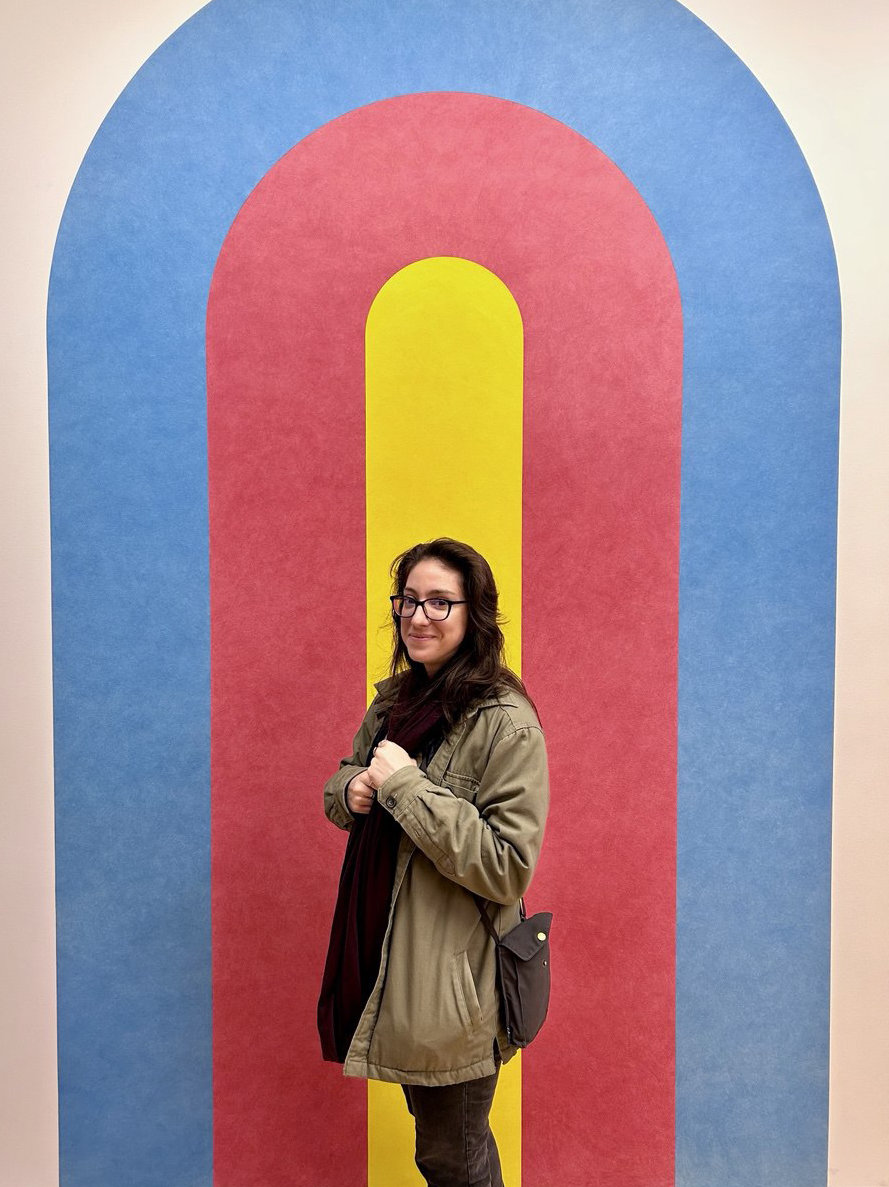Alright – so today we’ve got the honor of introducing you to Maritsa Patrinos. We think you’ll enjoy our conversation, we’ve shared it below.
Maritsa, thanks for joining us, excited to have you contributing your stories and insights. We’d love to hear about when you first realized that you wanted to pursue a creative path professionally.
I always had creative interests growing up (art, music, theater, dance, etc.), but came a little late to considering it as a professional endeavor. By the end of high school, I had struggled so much with traditional education that I did not have the confidence to pick any particular academic direction to point myself in. All my classmates were returning from college visits with enthusiasm for “first choices schools”. However, I felt woefully inadequate when all the schools, no matter how many I visited, seemed artificial in some way, and I could not get myself excited about them.
In the end, I decided to go to a university (The University of Pittsburgh), so I could take a wide variety of subjects and see what stuck best for me. I took some bizarre classes, intro to science fiction, basics of space flight, linguistics, history of jazz– and some intro level studio art classes. I had taken many wonderful art classes up until that point, and now, in my freshman year of college, it was the only direction I liked enough to pursue outside of my assignments. In my drawing class, my professor was making the rounds, and he asked me what my major was. I told him that I was undecided, but I was considering Studio Art (it was the only art major you could pursue at the time). He asked what it was I wanted to do, and without knowing anything about the industry, I offered “illustrations for magazines” as an answer. After a moment of consideration and a longer look at my drawing he told me, “You should transfer.”
It was the first time a trusted adult had really given me permission to think about art as a path for myself. After that, I visited the Art Institute of Pittsburgh to get a sense of what an art school would be like, and I was thrilled to learn about the kind of projects people worked on there. I had a couple of very supportive, informed friends who gave suggestions of schools to apply to, and I worked with encouragement from my painting professor, Professor Michael Morrill, in completing applications. He was very realistic about how difficult the path would be, but also wrote “you have what it takes” to me in an email to me when I was having doubts. I don’t know if he’d remember me now, but seeing that in black and white was a very gratifying feeling I never forgot.
After being accepted to Pratt Institute, I flew to Brooklyn and slept on a friend’s floor to visit the school. I immediately felt that “first choice school” feeling I had heard so much about. I adored the city, the campus, the adopted cats wandering around the studios. The tour guide was extremely personable, with none of the forced enthusiasm and meaningless trivia I had heard on other school tours. When I told him I wanted to study illustration, he personally took me to the studios where my classes would be, a place I was excited about the prospect of pulling an all nighter in.
I have never regretted changing direction, but I have also never regretted my time in Pittsburgh. I think I benefitted from that year experimenting, meeting new people, working through my lack of direction, and asking myself hard questions. Learning what I don’t want to do was just as valuable as learning what I did want to do. Things may have turned out differently if I had jumped in fresh out of high school, without the assured willingness to do the hard work art school takes.
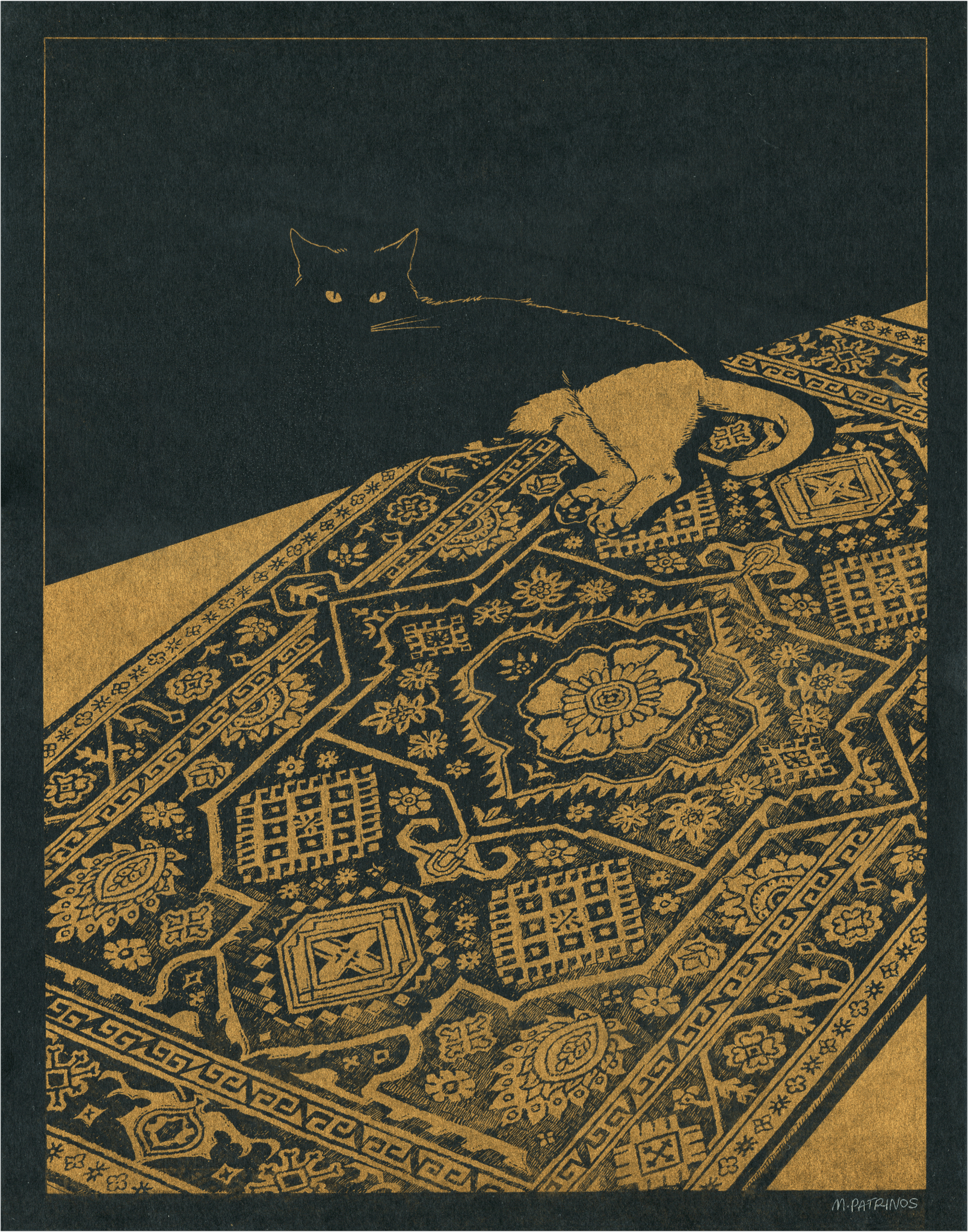
Maritsa, love having you share your insights with us. Before we ask you more questions, maybe you can take a moment to introduce yourself to our readers who might have missed our earlier conversations?
I am a cartoonist and illustrator, specializing in comics for strips and social media, as well as Risograph prints and zines. I have also worked in publishing, animation, creative marketing strategy, and undergraduate illustration education.
I got started at Pratt Institute, graduated in the winter of 2010, and have stayed in Brooklyn ever since. My more known comics work tends to use a sardonic tone to explore everyday life, humor, and social dynamics. My most successful continuing print series features cats in dynamic environments, and I often use the quirks of feline behavior to relate to humans. The project I’m most excited about right now is a weekly strip with King Features about bodega cats who seek to answer the same existential questions we all have about our purpose and how we identify with what we do for a living.
I will be at MoCCA fest in NYC on March 15&16, if you’re interested in meeting me, checking out my work, or watching me speak on a panel about comics!
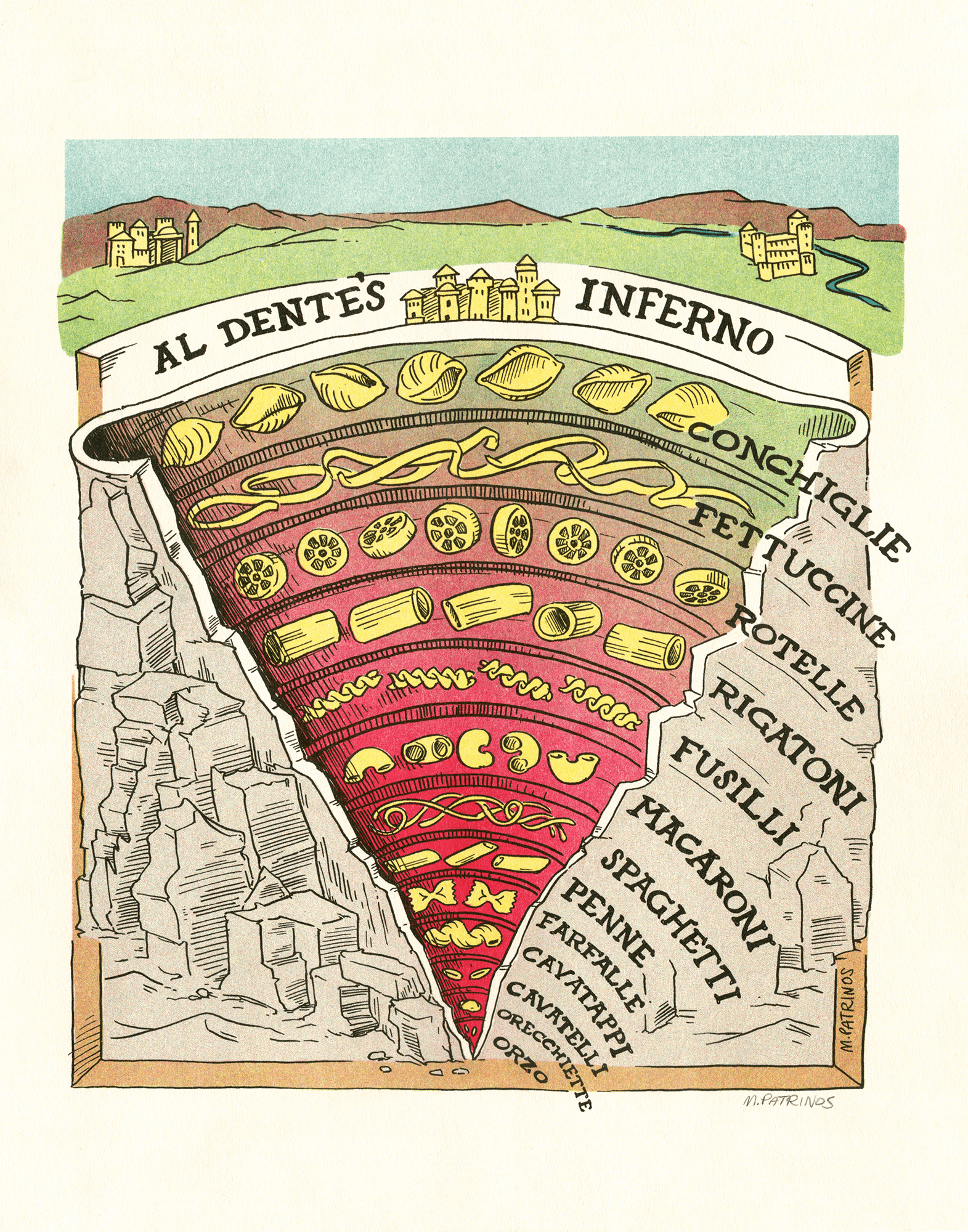
Learning and unlearning are both critical parts of growth – can you share a story of a time when you had to unlearn a lesson?
I think a lot about how Picasso said “It took me four years to paint like Raphael, but a lifetime to paint like a child.” I love looking at children’s drawings, completely untainted by instruction, just pure expression and representation that makes sense in the logic of its own world. Learning all about art and how to draw is obviously imperative as an illustrator, but it also creates a thick mental barrier that breeds derivative styles, cliche imagery, and too-literal thinking. Our minds become so full of what we’ve learned that we lose a sense of what makes our expression unique, outside of rules and expectations. Transcending that barrier and learning to draw like a child again has been such a valuable ongoing challenge for me.
In a sense, we learn to make art in order to gain the ability to unlearn it, and invent our own definitions of what art is.
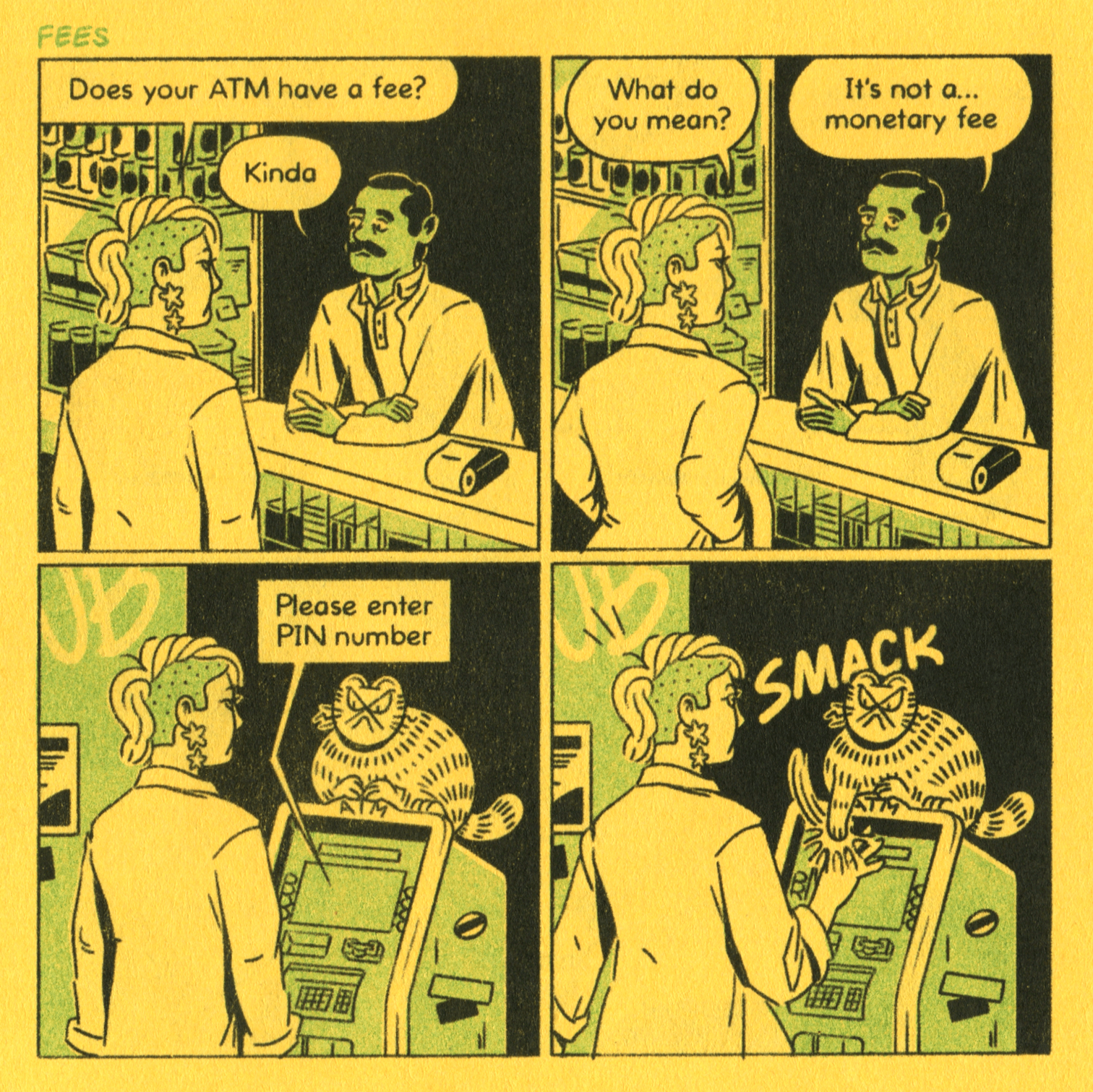
Can you share your view on NFTs? (Note: this is for education/entertainment purposes only, readers should not construe this as advice)
The only value I found on the topic of NFTs was making the subject of image ownership on the internet a discussion. It’s not a question with a clear answer, but it is a healthy discourse to continue to have. Outside of that, I found NFTs to be primarily a scam, specifically an extension of cryptocurrency scams, inflating the mythical rights to images with artificial value, and preying on many in order to benefit the few. The concept seemed to have very little to do with art, and a lot to do with tech industry get-rich-quick schemes. I also believe that giving silicon valley scam artists the power to dictate what constitutes valuable art is not just a bad idea, but ultimately not likely something that will gain credibility among creatives in the long run.
Contact Info:
- Website: https://maritsapatrinos.com
- Instagram: https://www.instagram.com/maritsapatrinos/
- Facebook: https://www.facebook.com/MaritsaPatrinosIllustration
- Linkedin: https://www.linkedin.com/in/maritsapatrinos/
- Twitter: https://bsky.app/profile/maritsapatrinos.bsky.social
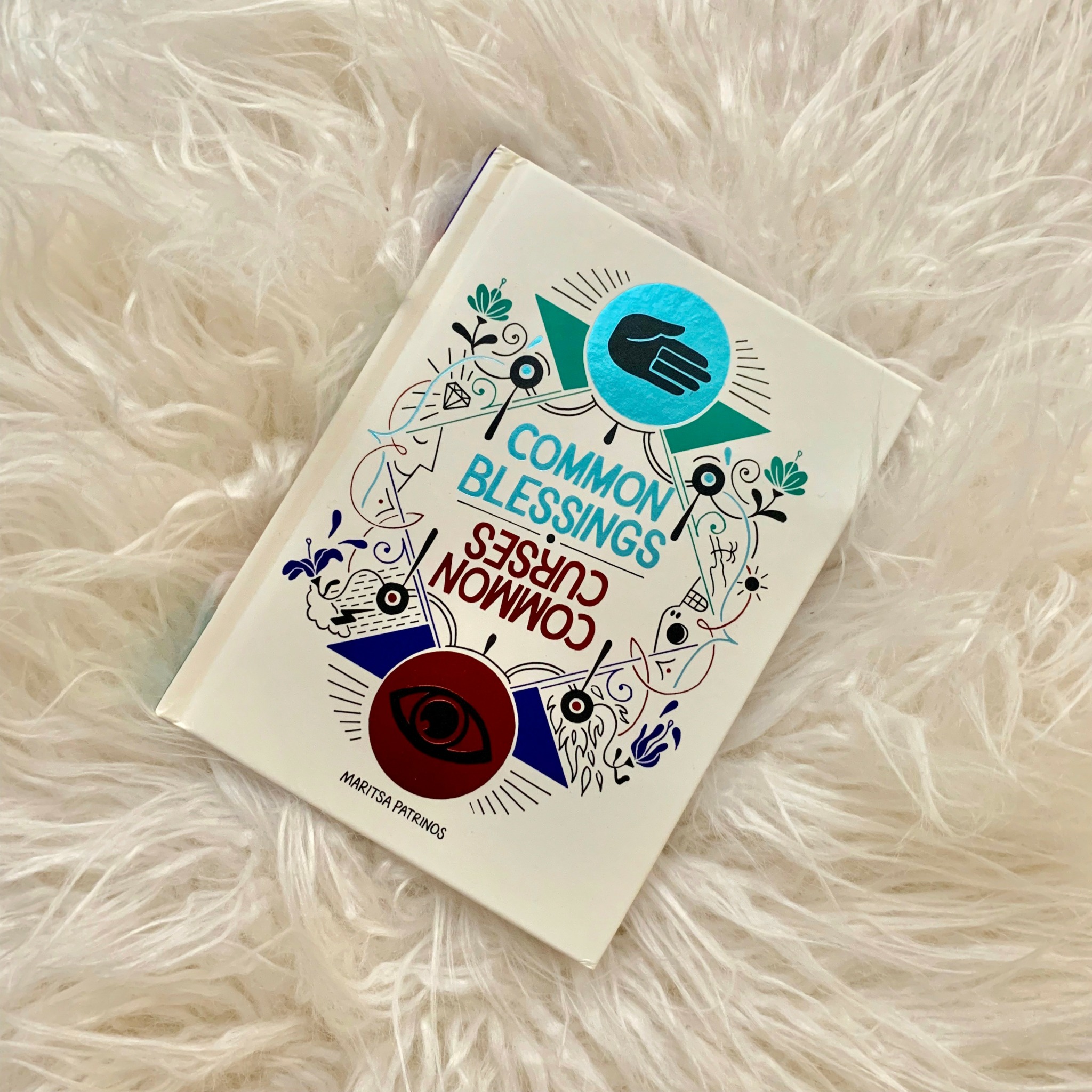




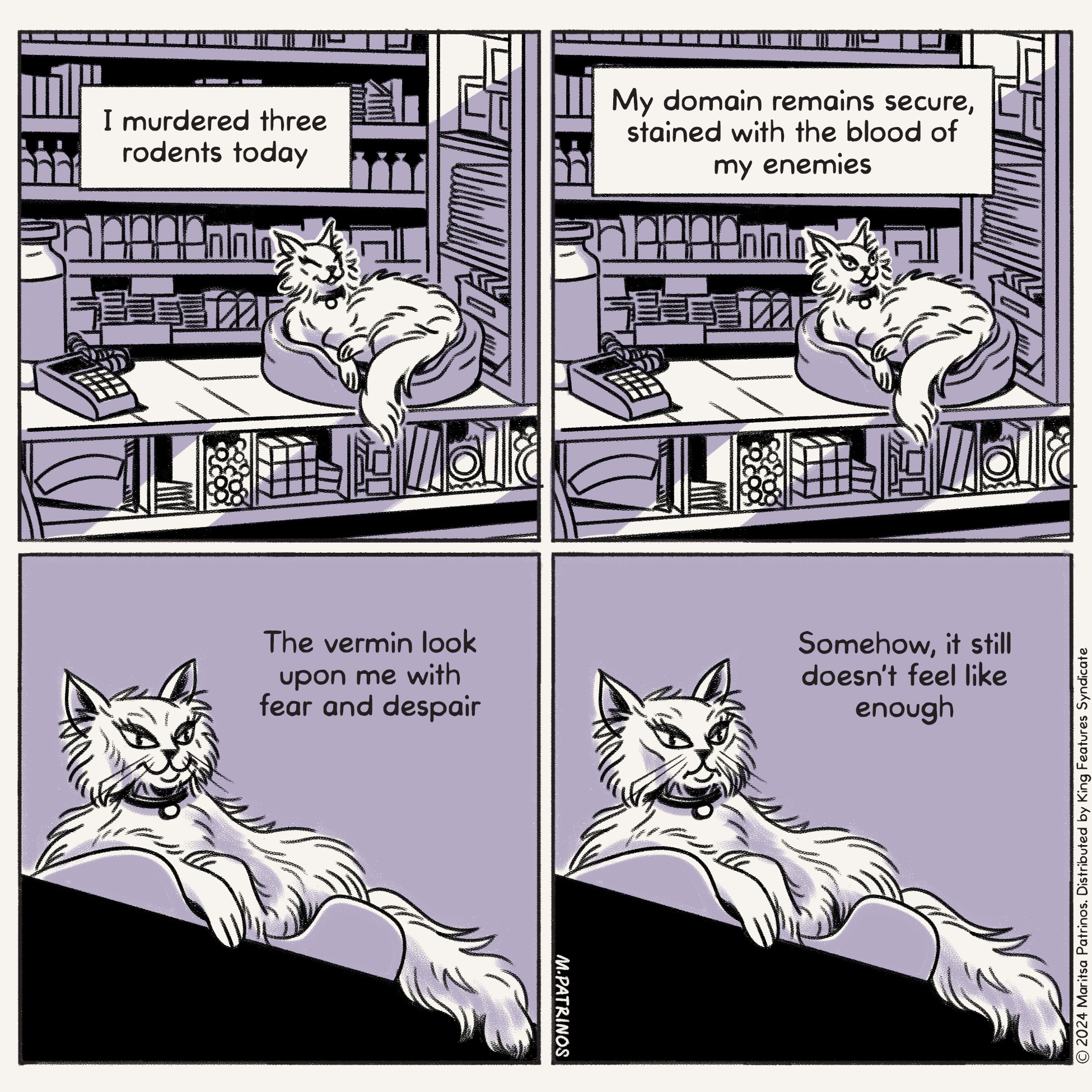
Image Credits
All the artwork belongs to me, and the photo of myself was taken by Nestor Bailly.


